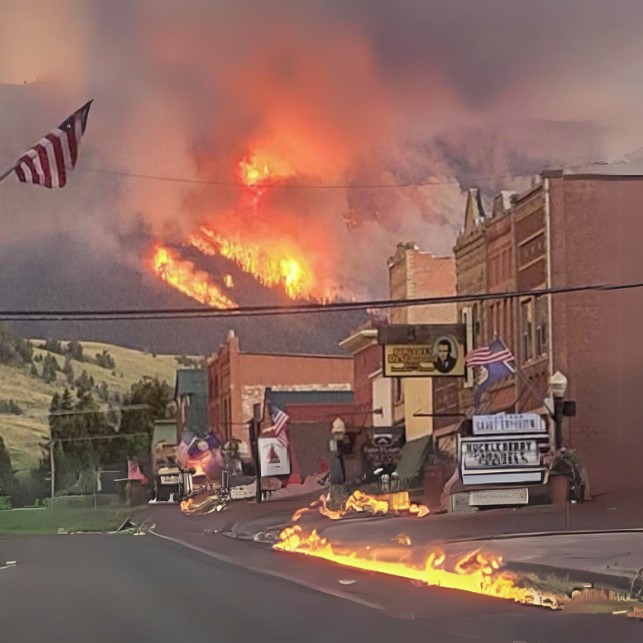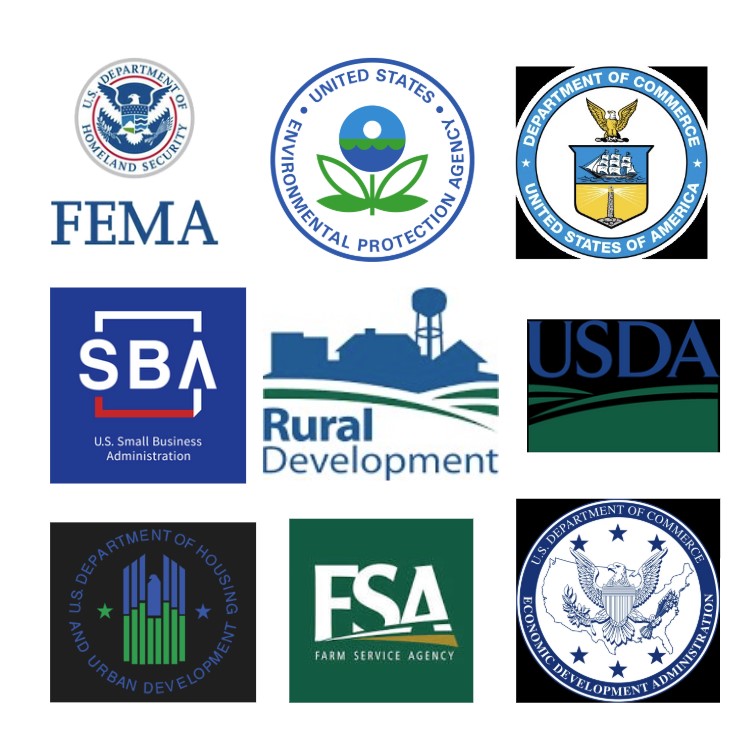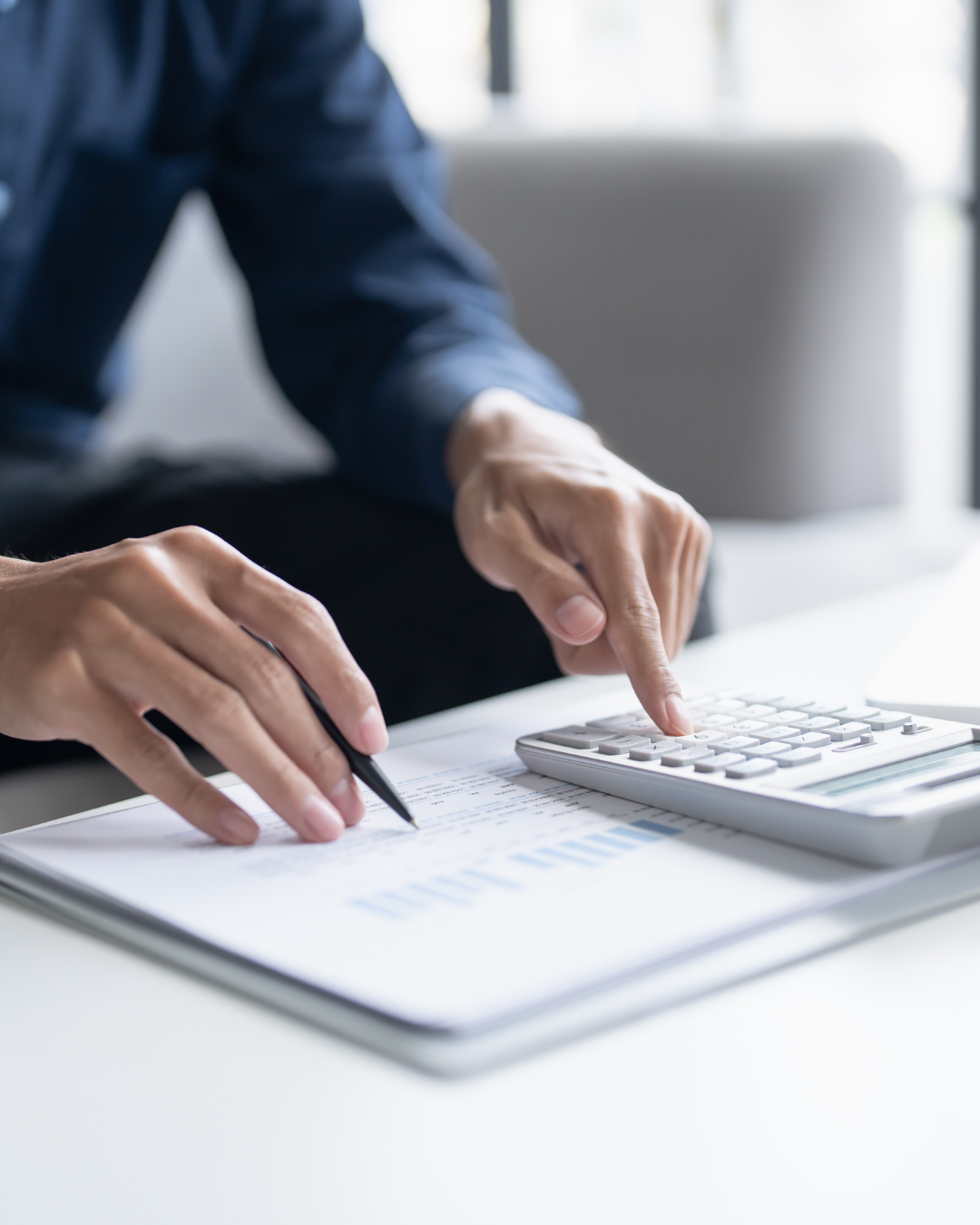Recovery Bureau
Recovery helps people and communities rebuild after disasters. Individual and Public Assistance programs provide support, while Long-Term Community Recovery efforts strengthen infrastructure and increase preparedness for the future.
For more recovery information, please contact one of the following:
Jake Ganieany
Recovery & Mitigation Bureau Chief
Jake.ganieany@mt.gov
(406) 417-9234
Allison Taylor
Recovery Program Manager
Allison.taylor@mt.gov
(406) 202-9457
Jonathan Busby
Recovery Coordinator
Jonathan.busby@mt.gov
(406) 439-3233
Annalee Venneri
Recovery Coordinator
Annalee.Venneri2@mt.gov
(406) 417-8816
Krystal McQueen
Recovery Coordinator
K.Mcqueen@mt.gov
(406) 439-2638







